Pet owners know how curious our furry friends can be. Whether it’s a dog sniffing around the backyard or a cat batting at an unknown object, their inquisitive nature sometimes leads them into dangerous situations. One of the most alarming emergencies a pet owner can face is poisoning. The moments after realizing your pet has ingested something toxic are critical, and knowing how to act swiftly could mean the difference between life and death.
When it comes to poisoning, time is of the essence. The first step is recognizing the signs. Symptoms can vary widely depending on the toxin but often include vomiting, diarrhea, excessive drooling, lethargy, seizures, or even collapse. If you suspect your pet has ingested something harmful, staying calm is crucial. Panicking won’t help your pet, but a clear-headed approach will. The immediate goal is to prevent further absorption of the toxin, and in many cases, inducing vomiting is a necessary step.
Inducing vomiting should never be attempted without professional guidance. While it might seem like a straightforward solution, there are situations where vomiting can do more harm than good. For instance, if the ingested substance is corrosive, like bleach or drain cleaner, vomiting can cause additional damage to the esophagus and mouth. Similarly, if the pet is already unconscious or severely lethargic, forcing vomit could lead to aspiration, where the vomit is inhaled into the lungs, causing pneumonia or other complications.
Before taking any action, contacting a veterinarian or a pet poison control hotline is essential. These professionals can assess the situation and provide specific instructions tailored to your pet’s condition. If inducing vomiting is recommended, they will guide you on the safest method. Common household items like hydrogen peroxide are often used, but the dosage must be precise. Too little may not be effective, while too much can cause severe irritation or other side effects.
The process of inducing vomiting should be done carefully. Administering hydrogen peroxide, for example, usually requires a small amount given orally, followed by gentle movement to encourage vomiting. It’s important to note that not all pets will respond the same way, and some may require a second dose. However, if vomiting doesn’t occur within a certain timeframe, repeating the process without professional advice can be dangerous. Monitoring your pet closely during and after vomiting is critical to ensure their safety.
Once vomiting has been successfully induced, the next step is preventing further absorption of any remaining toxins. Activated charcoal is often recommended for this purpose, as it binds to toxins in the stomach and prevents them from entering the bloodstream. However, like vomiting, this should only be done under veterinary supervision. The type of toxin ingested will determine whether activated charcoal is appropriate, as it’s not effective for all poisons.
Even after taking these steps, seeking immediate veterinary care is non-negotiable. Inducing vomiting at home is merely a first-aid measure, not a cure. A professional evaluation is necessary to assess the extent of the poisoning and provide further treatment, which may include intravenous fluids, medications, or other interventions. Delaying veterinary care can have devastating consequences, as some toxins cause delayed symptoms or internal damage that isn’t immediately apparent.
Prevention, of course, is always better than cure. Pet-proofing your home and yard can significantly reduce the risk of poisoning. Common household items like chocolate, xylitol (found in sugar-free gum), certain plants, and human medications should be stored securely out of reach. Regularly inspecting your environment for potential hazards can save your pet from a life-threatening situation. Educating yourself about toxic substances and keeping emergency numbers handy are simple yet effective ways to prepare for the unexpected.
In the end, the bond between pets and their owners is built on love and trust. Being prepared for emergencies like poisoning is part of fulfilling that trust. Quick thinking, knowing when and how to induce vomiting, and seeking immediate professional help can make all the difference. Our pets rely on us to keep them safe, and with the right knowledge, we can rise to the occasion when they need us most.

By /Jul 31, 2025

By /Jul 31, 2025

By /Jul 31, 2025
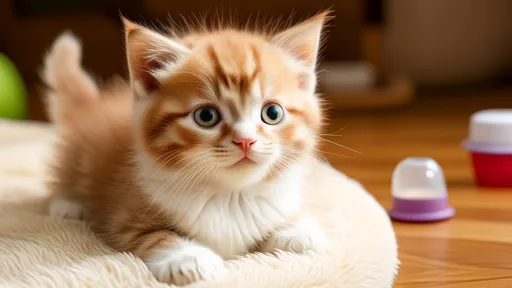
By /Jul 31, 2025

By /Jul 31, 2025
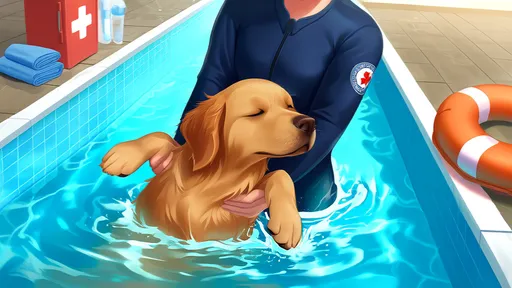
By /Jul 31, 2025
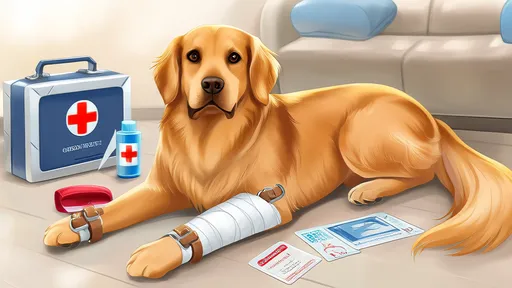
By /Jul 31, 2025

By /Jul 31, 2025
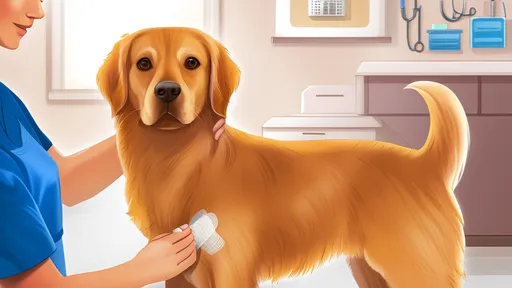
By /Jul 31, 2025
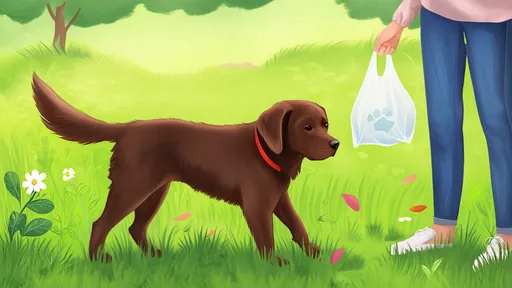
By /Jul 31, 2025

By /Jul 31, 2025

By /Jul 31, 2025

By /Jul 31, 2025

By /Jul 31, 2025

By /Jul 31, 2025

By /Jul 31, 2025
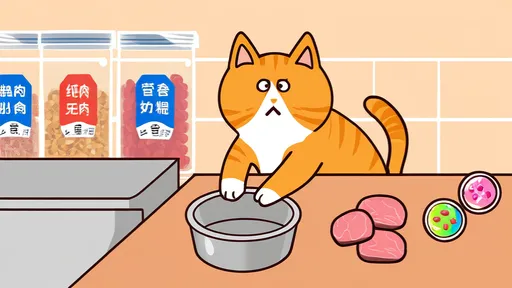
By /Jul 31, 2025
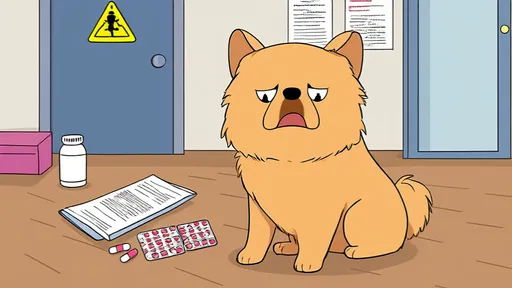
By /Jul 31, 2025

By /Jul 31, 2025
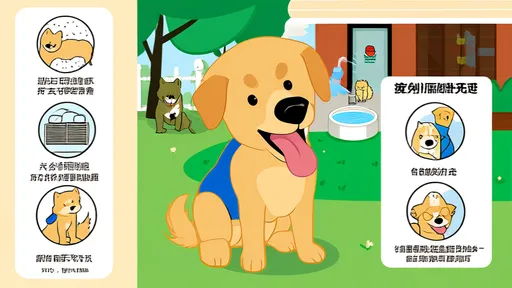
By /Jul 31, 2025